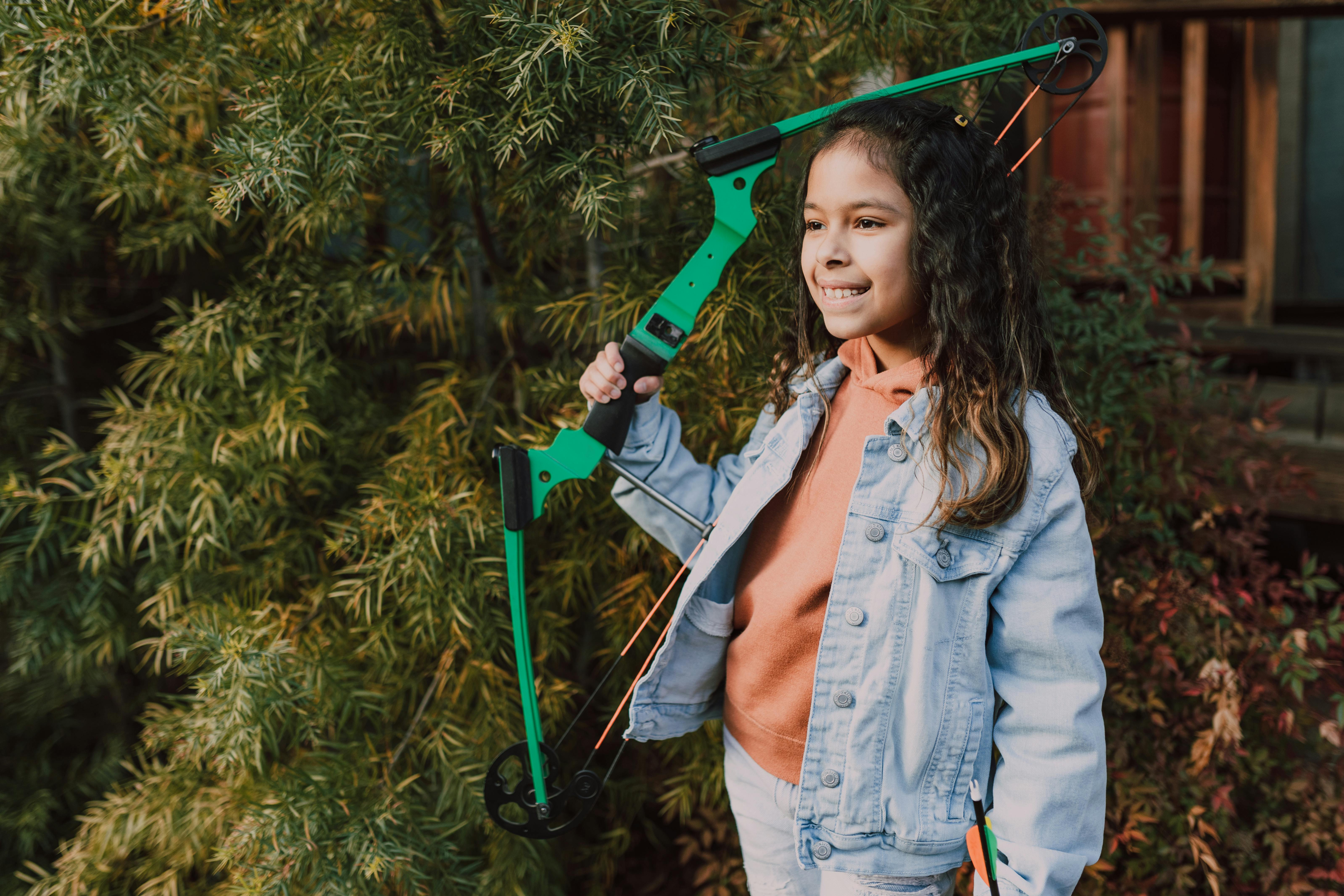The practices of any sport can be boring and unproductive if they are not planned in advance. Having a clipboard with your practice schedule written on it is a good solid idea. You can keep track of your time slots for certain exercises and keep them on file, you’ll know what you’ve covered.
Keep your practices to 90 minutes when possible. I realize that early preseason practices will likely end because the weather will wipe out valuable time early on.
Break up the practices with a couple of water breaks so you can add some instruction as a group. Review what you’ve been doing so far and what you’re going to do next.
KEEP THE PRACTICE MOVING!
Practices can be divided into different stations. A station is a group of players and 1 or 2 coaches. The term station refers to whatever skill is being worked on at that “station”.
Typically, you will divide your players and coaches to best suit the drills you are doing. For example, take 3 receivers and run a blocking drill for 15 minutes. Then take your catchers to the plate and, along with 3 center infielders, go through a pitching drill. and tagging station. You can also work on backups at 2nd base, along with throwing drills for catchers. GET THE PARENTS INVOLVED!
Obviously you will need help running these stations. That is why in the letter of the parents in the tests or inscriptions, it must be clear when asking for help. Parents or family members do not have to have coaching experience, although it is helpful.
This is a great way to let parents see how much work you put into the team. Please make it clear who your assistant coaches are right away. NAME in your letter if possible Just because someone helps with the practice does not mean they are now on staff.
I know some of this seems obvious, but trust me, it needs to be explained in detail to avoid confusion. You will also train parents on how to help with drills, and they may also work with the player at home.
A GOOD PRACTICE SHOULD SEEM TO END QUICKLY!
My nightmare practice scenario is this. A coach is trying to pitch batting practice to 1 batter at a time. The coach may not pass the plate over the plate. The rest of the players and coaches are standing on the field looking very bored.
This is a very common practice and one of the reasons why kids don’t like to practice baseball. It is very boring. Well, I’m here to help you take charge of your team with an energizing practice.
Get creative and make up some different stations, or just use some old stations. Hitting stations, pitching stations, catching stations, fielding stations, or pitching stations.
Rotate your coaches and volunteers to different stations each practice to give them another station to learn. Keep track of which person worked at which station so you can experience them at all stations.
KEEP THEM MOVING!
PUNCH STATION
What is emphasized at each hitting station is a good balanced stance, beginning the swing with the bottom hand, along with strong hip rotation and a balanced high end or follow through.
We like to use a drill called a Towel Drill. It is simply placing a folded towel under each hitter’s back elbow. Each batter is then tossed several soft balls one at a time. Each batsman is then trained to rotate their torso to hit the ball without the towel falling underneath. the elbow of him. They quickly catch on after a couple of practices. This is a good and inexpensive exercise.
Another exercise is the balanced bar exercise. Using a 60-inch 4×4 flat on the ground, have players hit a ball off a tee or throw softly to see if their swing is balanced. It will also show you if they are taking a step forward. from the batting box.
I use the soft pitch all season long. Try buying a batting net to set up wherever you go during the season. Using the soft pitch, you can watch the player’s shots to see if they are hitting it correctly. All other hitting stations work a different part of the swing.
REPEAT, REPEAT, REPEAT
Baseball skills are learned through repetition, however, we must avoid boredom by keeping station times to 15 minutes. Have players rush from one station to another. While others run the stations, the manager can go from station to station and watch the players as he praises them. Stop at a station and interfere if necessary.
Take a break after all the players have gone through the stations and go over the fundamentals of the drills again. Also preview what they’re going to do next and praise their efforts in the previous exercises. Have a coach demonstrate the drills that are coming up and what Answer players’ questions if necessary, but don’t get off topic. The 90 minutes go by fast.
Be sure to praise players who are doing the drills correctly for their skill level. Remember that not all players have the same skill levels, but all players need constant praise and encouragement.
90-minute practices do not include the 15-minute pre-practice briefing or warm-up time. Ask parents to bring kids 15 minutes early, or if you’re really focused, just schedule practice time 15 minutes early.
WARNING: COACHES MUST ARRIVE EARLY TO GAMES AND PRACTICE!
Parents will not take players to games and practices early if they see the coaches and manager running late.
My son had a coach who was always there when we arrived and we used to show up 30 minutes before practice and 1 hour before the game. We only got there before him twice, and that was because we left even earlier than normal. There were no problems in that team about newcomers.
Getting to games early also helps get good sides off the bench if they aren’t marked. You can view field conditions during uncertain weather. You can do some work in the fields if necessary or allowed. If it was a hard place to find, you can let others know by phone so they won’t be late. It shows other teams that you mean business, it can give you a slight psychological advantage.
PRACTICE EXAMPLE
Practice is scheduled for 12 noon.
1150 or before – you arrive to make sure everything is ready, bases, pitching plates, equipment, etc…
1145- Players arrive lucky, place them in 20 to 35 foot parallel lines. apart depending on the age group. Start warming up using the proper mechanics. Any takedown must be picked up and run back to the line. This prevents further takedowns from further away.
12 noon Call practice to order. Review which stations are being set up and which adults are running them. Divide the players as evenly as possible, dividing friends or siblings.
If this is their first practice using stations, show the children what you want at each station.
Station 1 A drill named Fly
The players line up in single file, the coach throws a football pass over the shoulder of the running player to make the catch. Pass the ball towards the coach outside the line so that there are no collisions between the players. do this for 10 min.
Station 2 Fly ball drill with tennis balls
Using a tennis racket, hit fly balls at a single line of players, one at a time. Players must use 2 hands with tennis balls or they will have a hard time catching them. do this for 10 min.
3 Station 5 Gal Bucket Drill
Install a 5 gal pail on home plate or anywhere else you like. Line up players, throw them a ground ball or fly ball, using proper pitching techniques, try to throw baseball into the bucket. Put the bucket at least 100′ away depending on the age group of course. Do this for 10 min.
4 Station Hand Drill Cut
Have players rotate as cut man, throw or hit the ball past the outfielder, have them chase, then pick up the ball, using good pitching form, hit the cut man. Rotate after each launch. 10 minutes.
1245pm
Take a water break, review how the drills went, have a little joke with the players and be very positive. Highlight all the good things you saw first, then maybe touch on what needs work. Above all, stay positive and fun.
1250pm
Divide into 2 groups 1 in 3rd, another in 1st. Single File Lines Have the players set up some ground balls and fly balls, throwing them to the coaches or catchers 15-20 feet up on each baseline. 10 minutes.
13:00
Put the players in or near regular positions. Bring 2-3 players to hit. Machine or Trainer Toss Give each player 7 swings, then rotate to the next batter. Each player hits 2 times, then goes out and shoots balls. After hitting a second time, call another player. Always have 1 or 2 players ready to bat, and have everyone ready to rush and pick up balls between batters.
125pm
Assemble the team, go over things, and announce the next practice or game time. Thank everyone for being on time, especially the parents.
BE CREATIVE BE FUN BE POSITIVE
There are many other ways to carry out a practice, I have given you a basic format that you can modify in any way you see fit, but do not fall into the routine of doing the same things over and over again. Variety is the spice of life and the same is true of baseball.
Sometimes you will have full fielding or batting practice. Schedule as many practices as team families will tolerate before the season begins.
CONCLUSION
Practice will make your team better, well-directed productive practices will do even more. When you run varied and challenging workouts, players will develop their skills faster. Always encourage them to work hard on their games. The most important thing is to be positive and fun.



